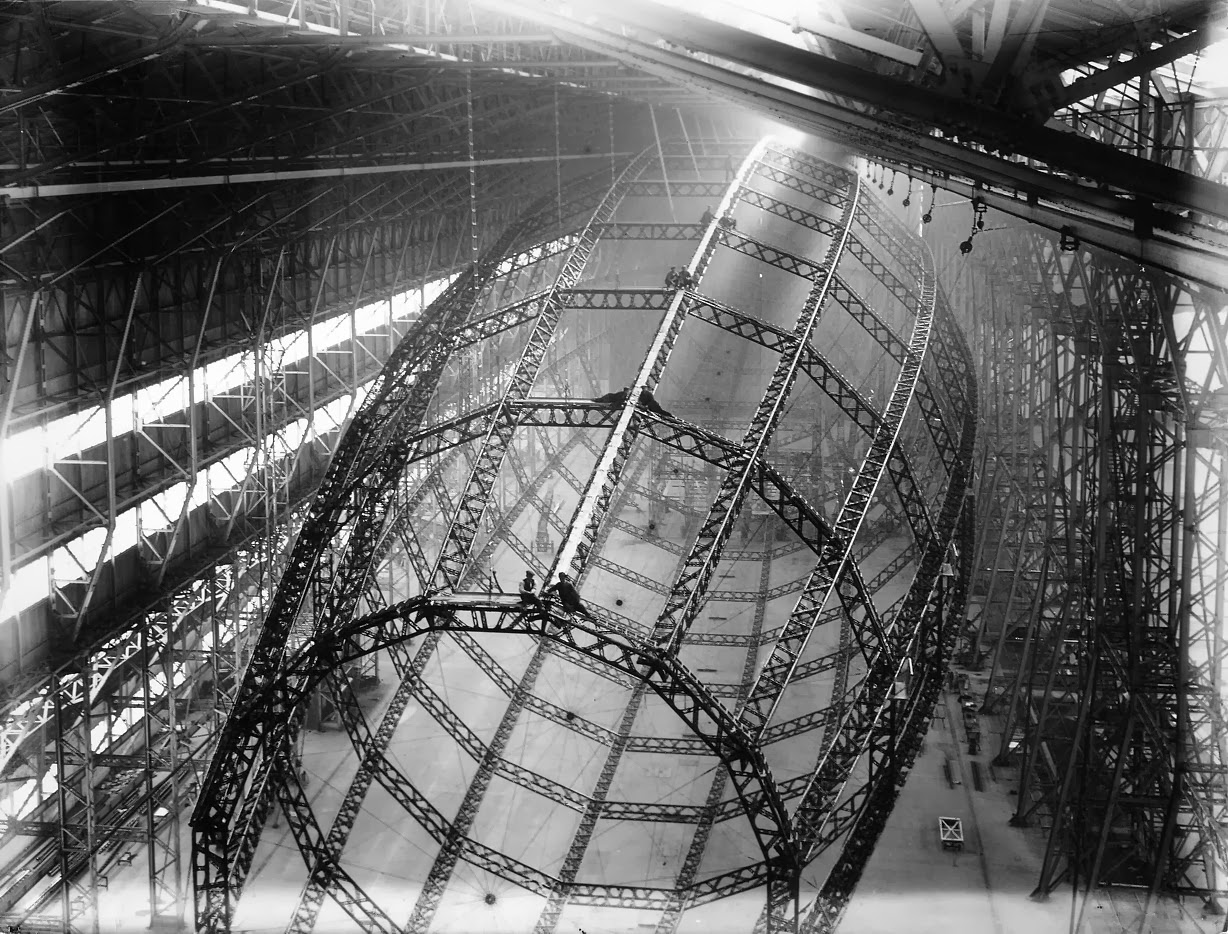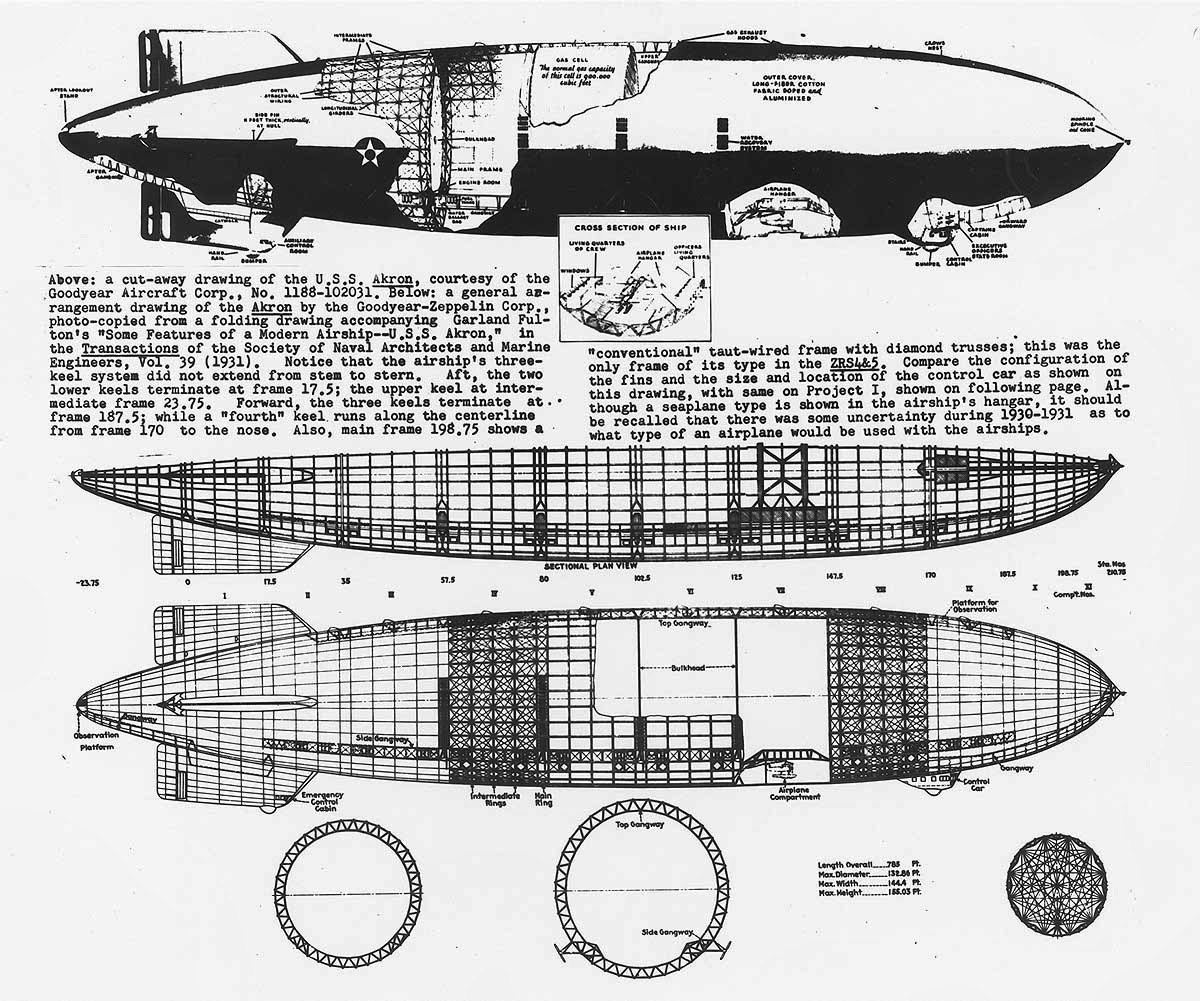£427.00, the Imperial Airship Scheme, and His Majesty's Airship R-100
HMA R-100
was one half of the Imperial Airship Scheme. The brainchild of Christopher
Thomson, the British Minister of Air, the Scheme, was a farsighted plan
to connect the far flung colonies of the “empire on which the sun never set”,
with regular, reliable, and expedient airship service. The first ship, R-100,
the lesser known cousin of the infamous R-101, was chosen to fly a
transatlantic route to Canada.
The ship was the engineering brainchild of
Barnes Wallis (later famous for WWII’s ‘bouncing bomb’ and his various designs
for a supersonic airliner) and Nevil S. Norway (later acclaimed as the
successful author Nevil Shute). The design and construction of R-100
represented a leap in airship design, going so far as to influence both the
structure and passenger accommodations of Germany’s A.S. Hindenburg.
In fact,
the streamlined, elliptically shaped envelopes of both the R-100 and the R-101 held
such an technological advantage over the earlier Zeppelins that, coupled with
the failure of the frameworks on the American ZRS ships, Zeppelin Co. engineers
opted to eliminate their original design schedule, proceeding from design
number LZ-127 (Graf Zeppelin) to design number LZ-129 (Hindenburg).
 |
| R-100's superstructure was revolutionary. (Image courtesy 'Airship Heritage Trust') |
 |
| Zeppelin Co. abandoned the LZ-128 design after the engineering advancements made by the Imperial Airship Scheme. (Image courtesy 'Projekt LZ 129') |
On July the 29th, 1930; R-100 departed for her maiden voyage to teh mooring mast in St. Hubert, Canada with a full contingent of reporters. The flight was as well received as it was stunning: Before departing for the return trip to Cardington, the passengers flew over Toronto and were treated to a twenty-four hour flight to Ottowa. They had breakfast in an ornate and distinctly British atmosphere over Niagara Falls, lunch was served over Ontario, and dinner above the white caps of the Atlantic. The ship arrived safely at Cardington twenty-two days later.
She would never fly again.
Soon afterwards, the fatally flawed R-101 slipped the mooring mast in Cardington and headed for Karachi. Dangerously overweight, she nosed down and crashed into a field in Beauvais, France, killing 48 of the 54 passengers aboard. Parliament was faced with three options: Continue the projects and proceed with plans for R-102, maintain the ship for scientific research, or eliminate the Imperial Airship Scheme.
Shortly thereafter, on November 16th, 1931, workmen began disassembling the once proud airship. Work was finished by February of the next year and the twisted metal was sold for an insulting £427.00.



Comments
Post a Comment